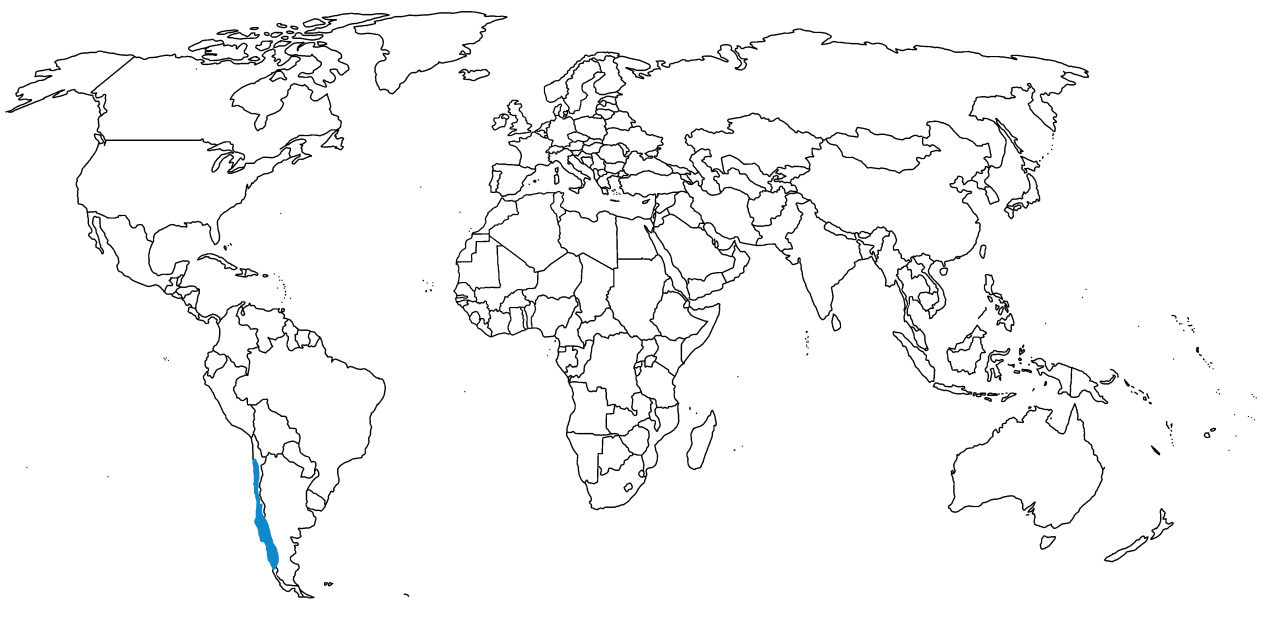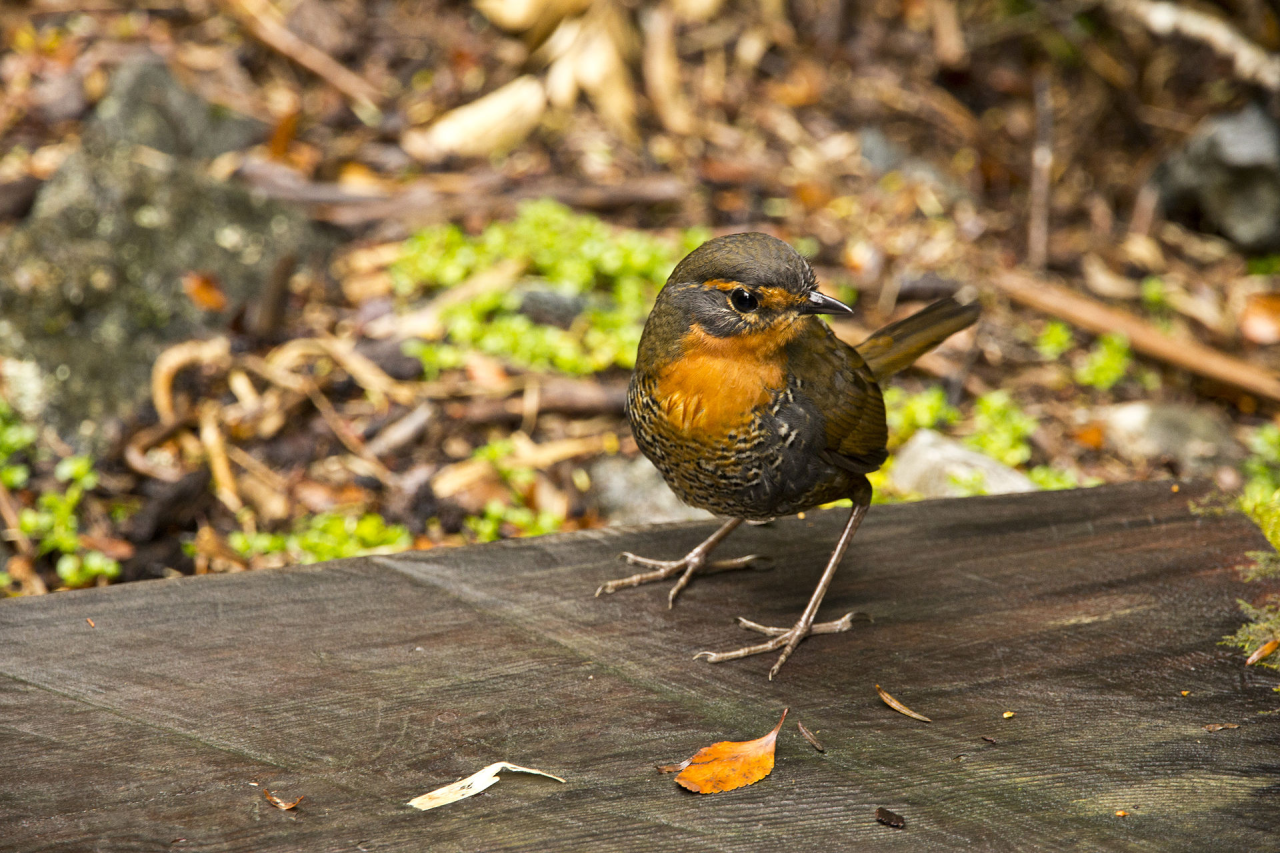
White-Throated Tapaculo by Fernando Rosselot
Etymology: Leg Wren
First Described By: Oberholser, 1923
Classification: Dinosauromorpha, Dinosauriformes, Dracohors, Dinosauria, Saurischia, Eusaurischia, Theropoda, Neotheropoda, Averostra, Tetanurae, Orionides, Avetheropoda, Coelurosauria, Tyrannoraptora, Maniraptoromorpha, Maniraptoriformes, Maniraptora, Pennaraptora, Paraves, Eumaniraptora, Averaptora, Avialae, Euavialae, Avebrevicauda, Pygostaylia, Ornithothoraces, Euornithes, Ornithuromorpha, Ornithurae, Neornithes, Neognathae, Neoaves, Inopinaves, Telluraves, Australaves, Eufalconimorphae, Psittacopasserae, Passeriformes, Eupasseres, Tyranni, Tyrannides, Furnariida, Rhinocryptidae
Referred Species: S. albicollis (White-Throated Tapaculo), S. rubecula (Chucao Tapaculo)
Status: Extant, Least Conern
Time and Place: Within the last 10,000 years, in the Holocene of the Quaternary


These birds are found in South America, in some limited patches on the southern half of the continent

Physical Description: The Tapaculos are medium sized perching birds, ranging from 18.5 to 19 centimeters in length. They are very round birds, with short, angled tails compared to other passerines. The two species are fairly different in color, but both are mostly brown, with stripes across their eyes and thinner rows of stripes down their bellies and bums. They also have long, skinny legs, and short bills. The sexes in both birds are alike.
Diet: These birds feed mainly on arthropods, especially insects, though they can eat seeds from time to time.
Behavior: The Tapaculos will feed mainly by foraging under dense plant cover, usually alone or in pairs, though they do venture out into more open areas to forage in smaller groups. These pairs are usually mated pairs during the breeding season, while solo foraging occurs during the off season. They make loud, resonating songs, usually of six to seven notes with pauses between the notes – though they also make nasal, grunting calls when looking for each other. They will begin egg laying from September through October, usually in open cups of soft grass placed in small tunnels or burrows. They lay up to three eggs, and the eggs and chicks are tended to by both parents. They are fairly poor fliers, and try to stick to the ground most of the time.

Chucao Tapaculo by Nicolás Binder, CC BY-SA 2.0
Ecosystem: These birds live in thickets of bamboo and scrubland, as well as on the borders of dry and humid forest. They are usually found at lower elevations, usually towards the ground or in low hanging branches.
Other: While this bird is not globally threatened, it does have a limited range, and is at least somewhat uncommon. It does occur in some protected ranges.
Species Differences: The White-Throated Tapaculo is the more northern species, and it is also more brown in color, with a dark brown back, reddish brown tail, light brown belly with brown stripes, brown and white head, with a dark brown stripe across the eye. The more southern Chucao Tapaculo is not only brown – though it has a dark brown back and tail, it has grey patches on its neck and sides, with black and white striping across its belly; its neck and throat are orange, and it has a black and white mottled stripe across its eye.
~ By Meig Dickson
Sources
Jobling, J. A. 2010. The Helm Dictionary of Scientific Bird Names. Christopher Helm Publishing, A&C Black Publishers Ltd, London.
Krabbe, N.K. & Schulenberg, T.S. (2019). Chucao Tapaculo (Scelorchilus rubecula). In: del Hoyo, J., Elliott, A., Sargatal, J., Christie, D.A. & de Juana, E. (eds.). Handbook of the Birds of the World Alive. Lynx Edicions, Barcelona.
Krabbe, N.K. & Schulenberg, T.S. (2019). White-throated Tapaculo (Scelorchilus albicollis). In: del Hoyo, J., Elliott, A., Sargatal, J., Christie, D.A. & de Juana, E. (eds.). Handbook of the Birds of the World Alive. Lynx Edicions, Barcelona.
